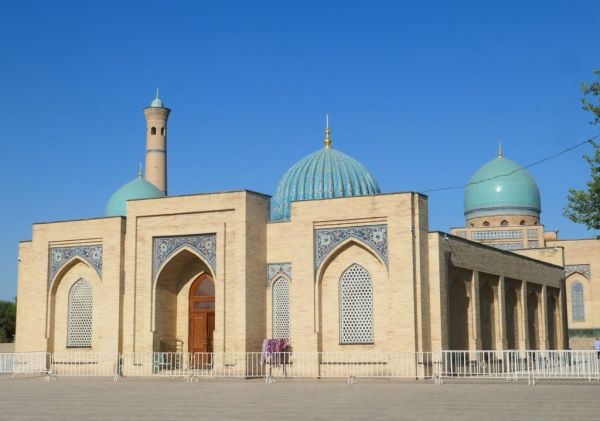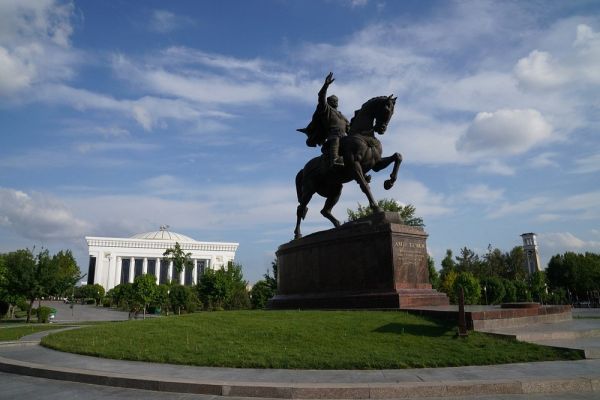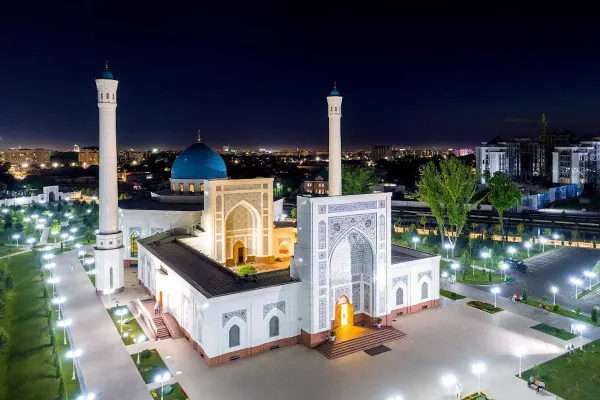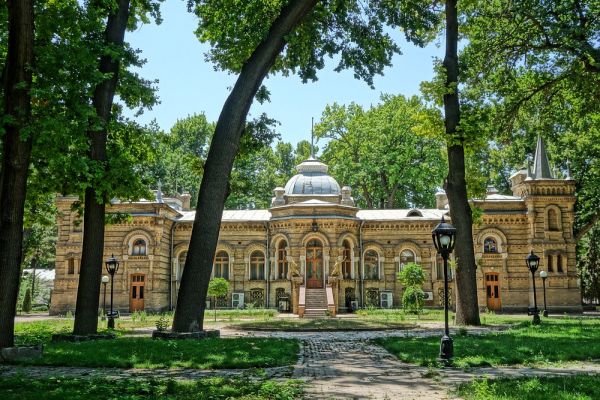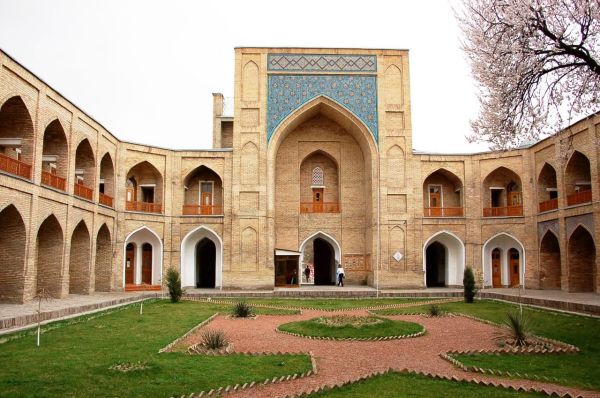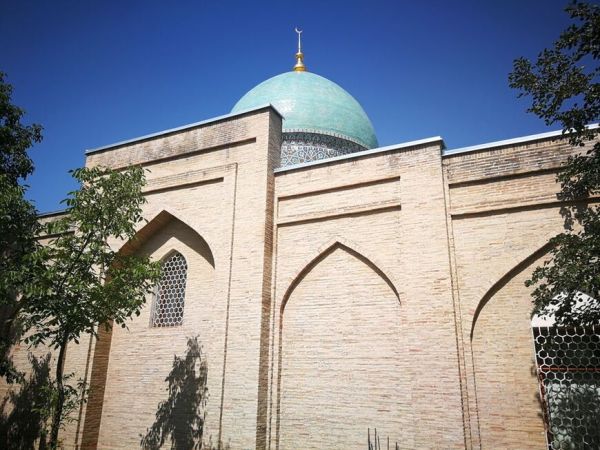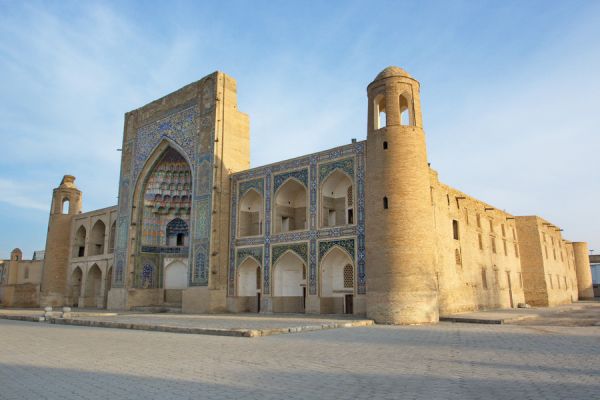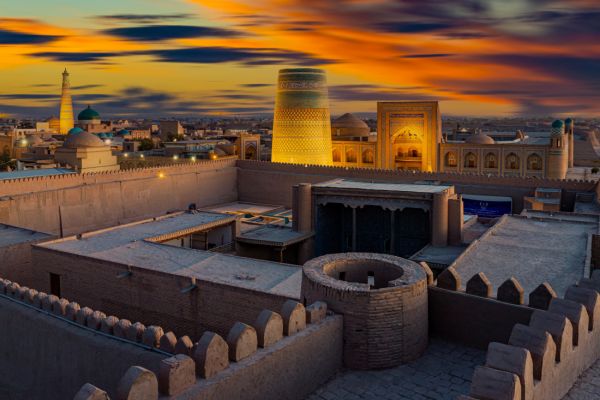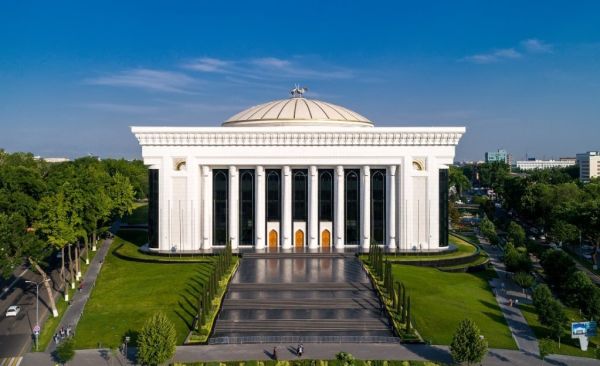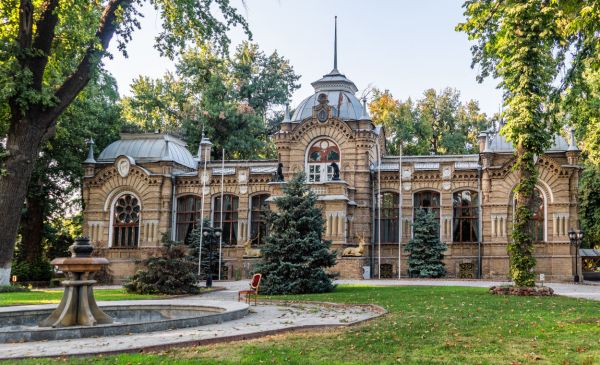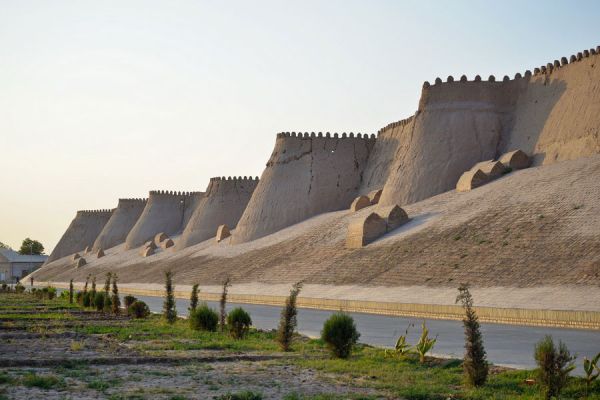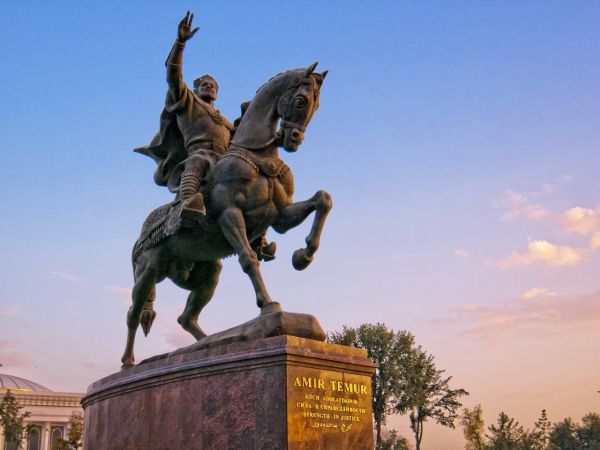The Bozsu Channel
The Bozsu Canal is the largest and main canal not only in the city of Tashkent, but also beyond its borders, supplying most of Tashkent's canals with water. It originates from the Chirchik River. In 1930, the Bozsu hydroelectric power station was built on the Bozsu canal, the waters of which were used as an artificial lake for the recreation of local residents. Currently, this reservoir is one of the reservoirs of the Tashkent water system.
The Bozsu Canal is one of the ancient canals located on the territory of the Tashkent oasis. As mentioned above, for many centuries it has been one of the main waterways of Tashkent.
The current of the Bozsu is south-westerly, and goes beyond the borders of the city of Chirchik, flows through the territory of the Kibray district of the Tashkent region. The canal also passes through the territory of the Yunusabad district of Tashkent city. Here it intersects such major highways as Amir Temur Avenue, the Tashkent Ring Road and the Yunusabad Metro Line. The Tashkent TV Tower, a water park, and a memorial to victims of Repression are located on its shores. In 1971-1977, the Bozsui system was reconstructed.
The Nizhny Bozsu Canal is formed from the confluence of the Chorsu and Dzhangob canals. Its length is approximately 90 km. It flows through the territory of Uchtepa and Shaykhontokhur districts of Tashkent, flowing beyond its borders.
The Bozsu canal has about 25 branches, 12 of them at the beginning of the 20th century flooded the lands of Tashkent: Ankhor, Salar, Karasu, Yalangach, Ivish and others. Most of these branches have been preserved to this day.


